One of my favorite stops lately was Fort Juelson in Otter Tail County. The site is located on the top of a hill that overlooks just about everything. The area is covered in native grasses and wildflowers. Sometimes when I’m out exploring, everything seems to line up perfectly for a truly memorable experience. That’s what happened here. It was the right time of day, the right time of year, and the right time during the trip (I seriously needed a good experience at this point!) And then there were all of the busy bees, butterflies, birds, and other critters running from place to place to watch as I wandered.
Fort Juelson was an earthen fort with sod barricades built on a large hill near Underwood, Minnesota. It was constructed in 1876 in the immediate aftermath of Custer’s defeat at the Battle of Little Big Horn in Montana. Settlers in the area began hearing rumors after news of the battle spread. Travelers from the west were spreading the word that American Indians were moving eastward and had just attacked the town of Foxhome in Wilkin County and nearby Fergus Falls. Civil War veterans Hans Juelson and Berge Lee were put in charge of planning and fortifying a fort to keep the settlers safe.
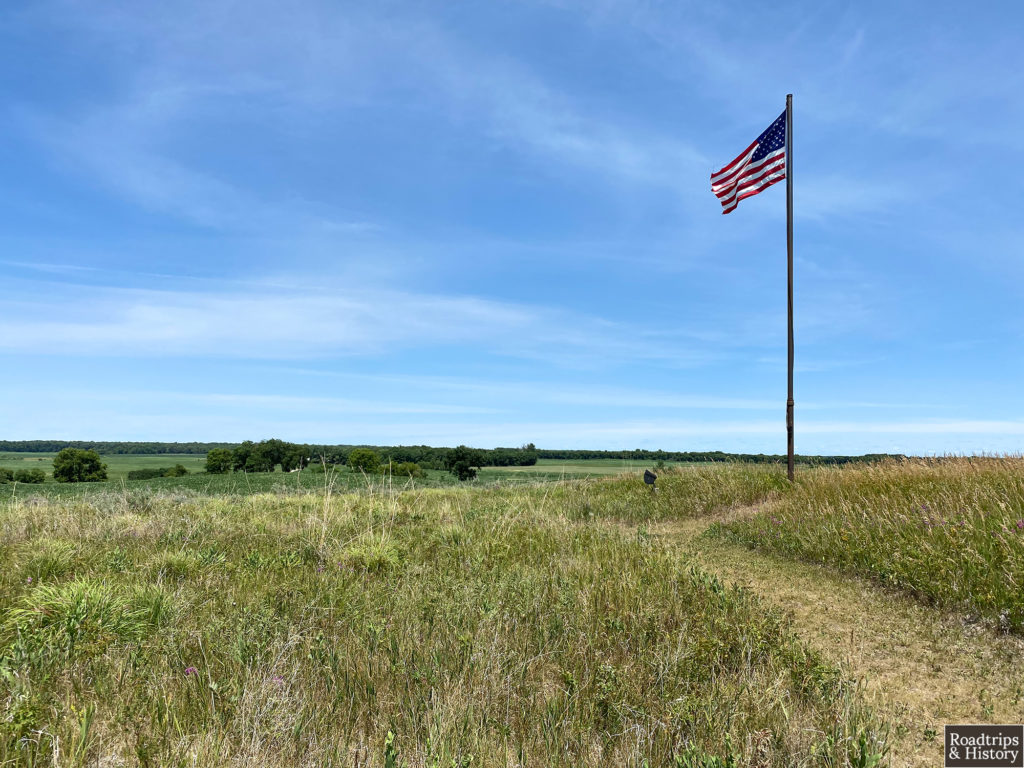
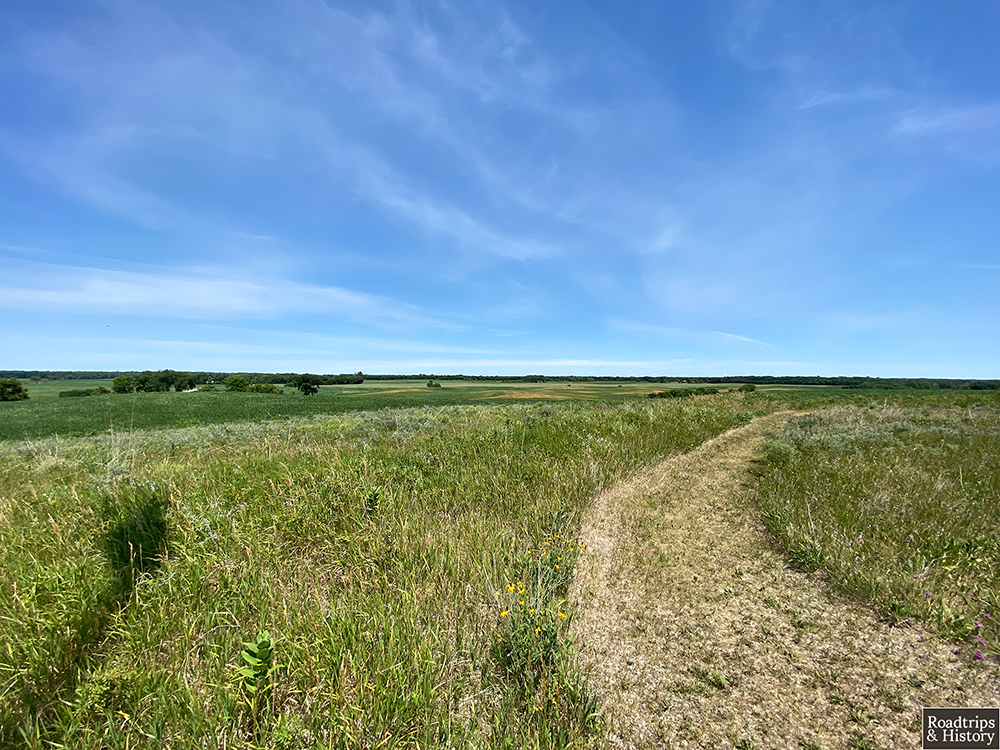
Hans Juelson was a Norweigan immigrant who served in the 10th Minnesota Infantry. He was trained in 1862 at Fort Ridgely and was a soldier in Henry Sibley’s army during the U.S.-Dakota War of 1862. After the war, he joined Sibley in his brutal campaign to pursue Dakota escapees in the Dakota Territory. Juelson returned to Minnesota and was sent down the Mississippi to fight in the Civil War. After the Civil War, Juelson returned to Minnesota and settled in Tordenskjold Township near Underwood.
Before the fort was completed, Juelson and his neighbors got word that the rumors of nearby American Indian attacks were false. The fort was left on the hill but not completed until later that year, when it was decided that because the relationship between the U.S. Government and the American Indians continued to be strained, future attacks couldn’t be ruled out. When completed, the fort was approximately 120’x100’ with walls between 4’ and 4.5’ tall.
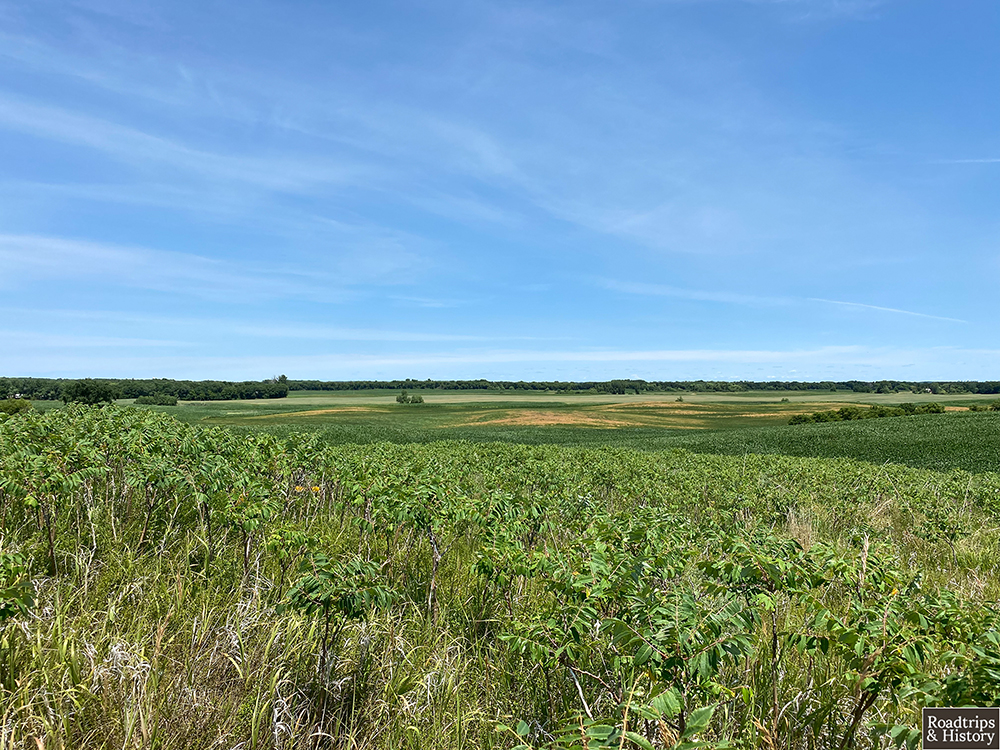
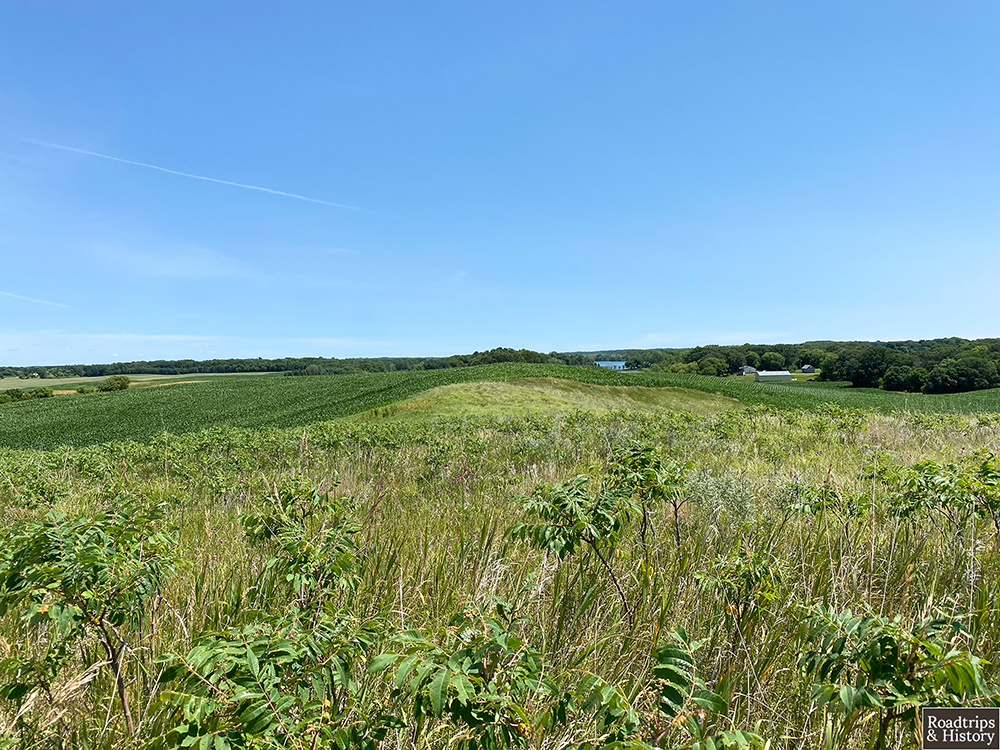
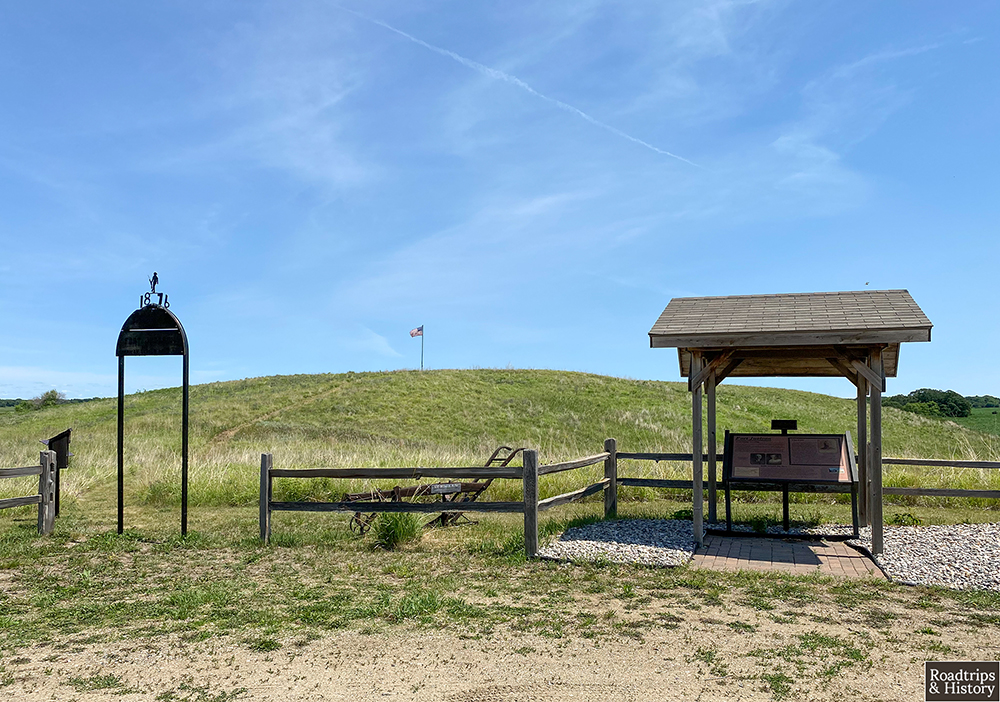
So that’s what I knew about Fort Juelson at the time of my visit. An interpretive sign near the parking lot shared additional information about the fort and Juelson. What I didn’t know until doing further research for this post — and what isn’t explained anywhere in the park or brochure — is that the hill is also an American Indian burial mound complex. It is, however, noted briefly on several websites about the park.
An archaeological investigation using non-invasive techniques (such as ground-penetrating radar and LiDAR) for the National Register of Historic Places revealed a complex of four small burial mounds from the Woodland Tradition built by American Indians sometime between about 800 B.C. and 1700 A.D. The Dakota are cultural descendants of the people buried here. Two of the mounds were found within the bounty of the fort. Another is located partially outside of the fort wall. The last mound is located entirely outside of the fort complex.
I hope that the American Indian experience on this land and their sacred burial site will someday soon be explained to visitors on-site.
